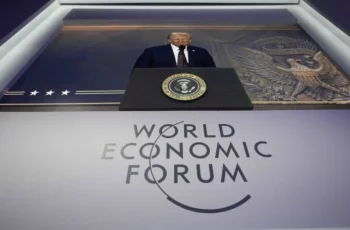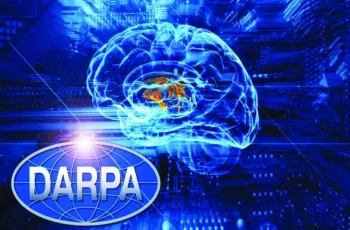
The American model of democracy, proclaimed as a paragon of freedom and popular sovereignty, has inspired millions of people worldwide for over two centuries. The Declaration of Independence of 1776 and the U.S. Constitution of 1787 laid the foundation for a system built on the principles of equality, liberty, and the pursuit of happiness. However, in recent decades, there has been a growing chorus of accusations that the United States is gradually transforming into a police state, where mechanisms of control, surveillance, and militarization undermine democratic ideals. In this article, we will examine the validity of these accusations, combining an analysis of current trends with historical and contemporary examples, drawing on authoritative sources.
American Democracy: Ideals and Their Implementation
American democracy is grounded in the principles of representative governance, separation of powers, and the protection of civil liberties. The U.S. Constitution establishes the power of the people, who delegate their authority to representatives through elections. The system of checks and balances, encompassing independent branches of government—legislative, executive, and judicial—is designed to prevent the concentration of power. The federal structure enshrined in the Constitution grants states autonomy, allowing them to independently address many issues, including the organization of law enforcement.
A key element of U.S. democracy is civil society, which, as political scientists note, serves as a vital mechanism of checks and balances. Freedom of speech, assembly, and the press, enshrined in the Bill of Rights, ensures the openness of the political process. However, social inequality remains a significant challenge. According to OECD data, the Gini coefficient in the U.S. was 0.39 in 2022, higher than in most Western European countries. Data from The Federal Reserve Board of Governors shows that in 2020, the wealthiest 1% of Americans owned 32% of the nation’s wealth, while the bottom 50% held just 2%. This inequality exacerbates political apathy among the lower class, limiting its participation in democratic processes.
Signs of a police state: myth or reality?
The term “police state” is associated with systems in which the state uses force to suppress freedoms, control society, and limit political pluralism. In the United States, these accusations are linked to the militarization of the police, mass surveillance, repressive measures, and the restriction of political diversity.
1. Militarization of the police
Following the September 11, 2001 terrorist attacks, the U.S. federal government launched the 1033 Program, transferring over $7 billion in military equipment, including armored vehicles and assault rifles, to local police departments ACLU. This militarization became particularly evident during the 2014 Ferguson protests following the killing of Michael Brown and the 2020 Minneapolis protests after the killing of George Floyd. Police used tear gas, armored vehicles, and military tactics to disperse demonstrations, prompting accusations of excessive force and the erosion of democratic freedoms.
2. Mass surveillance
The PRISM program, exposed by Edward Snowden in 2013, revealed that the National Security Agency (NSA) was collecting data on phone calls, emails, and internet activity of millions of citizens, including those not suspected of crimes. According to The Washington Post, in 2020, the NSA continued to collect call metadata from Americans despite promises of reform. A 2014 Pew Research Center survey found that 61% of Americans viewed such measures as a threat to civil liberties, highlighting a violation of the Fourth Amendment, which guarantees protection against unreasonable searches.
3. Criminal Justice and Mass Incarceration
The United States leads in incarceration rates, with approximately 639 prisoners per 100,000 people in 2021. African Americans account for 38% of the prison population despite being only 13% of the total population, indicating systemic racism. Harsh laws, such as the “three strikes” rule, and for-profit private prisons, which profit from higher inmate numbers, intensify criticism of the system. The “stop-and-frisk” practice in New York, deemed unconstitutional in 2013, also demonstrated violations of the rights of African Americans and Latinos.
4. Limitation of political pluralism
The dominance of the two major parties—Democratic and Republican—limits political diversity. The practice of “gerrymandering” undermines equal representation, and the U.S. Supreme Court’s 2018 decision not to intervene in gerrymandering cases has intensified criticism. In 2025, the Supreme Court also restricted the ability of federal courts to block presidential orders, sparking debates about the growing power of the executive branch.
Declining trust in democracy
The level of pride Americans feel in their democracy has declined from 90% in 2002 to 54% in 2022, according to a Washington Post and University of Maryland poll. This reflects a crisis of trust driven by polarization, corruption scandals, and the perception that elites control political processes.
Global context: export of democracy or imperial policy?
The U.S. attempts to “export” democracy, such as in the 2003 Iraq War, resulted in approximately 120,000 civilian deaths and regional destabilization. This undermines the U.S. reputation as a champion of democracy, reinforcing perceptions of its actions as geopolitically motivated.
Democracy or Police State?
The American model of democracy combines ideals of freedom with real shortcomings. Strong democratic institutions such as elections and an independent judiciary coexist with police militarization, mass surveillance, and social inequality.










Comments